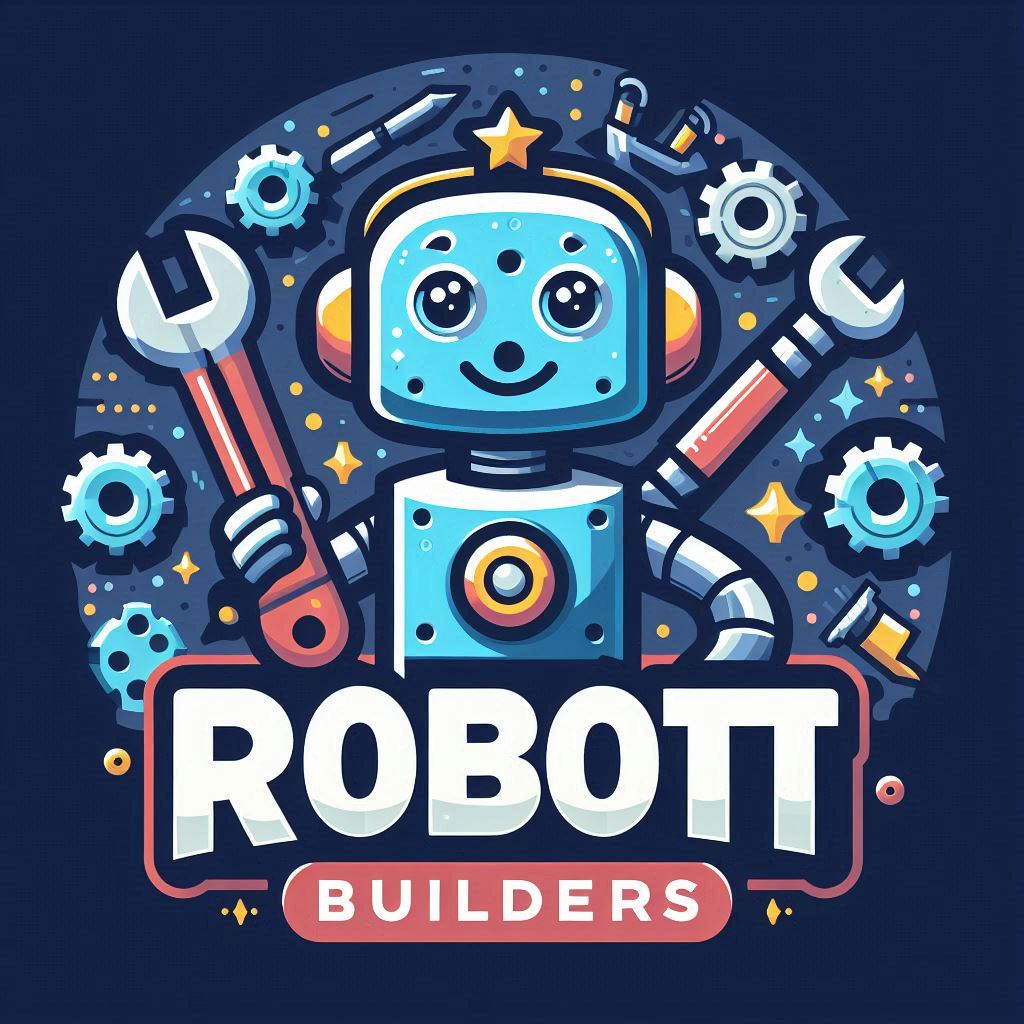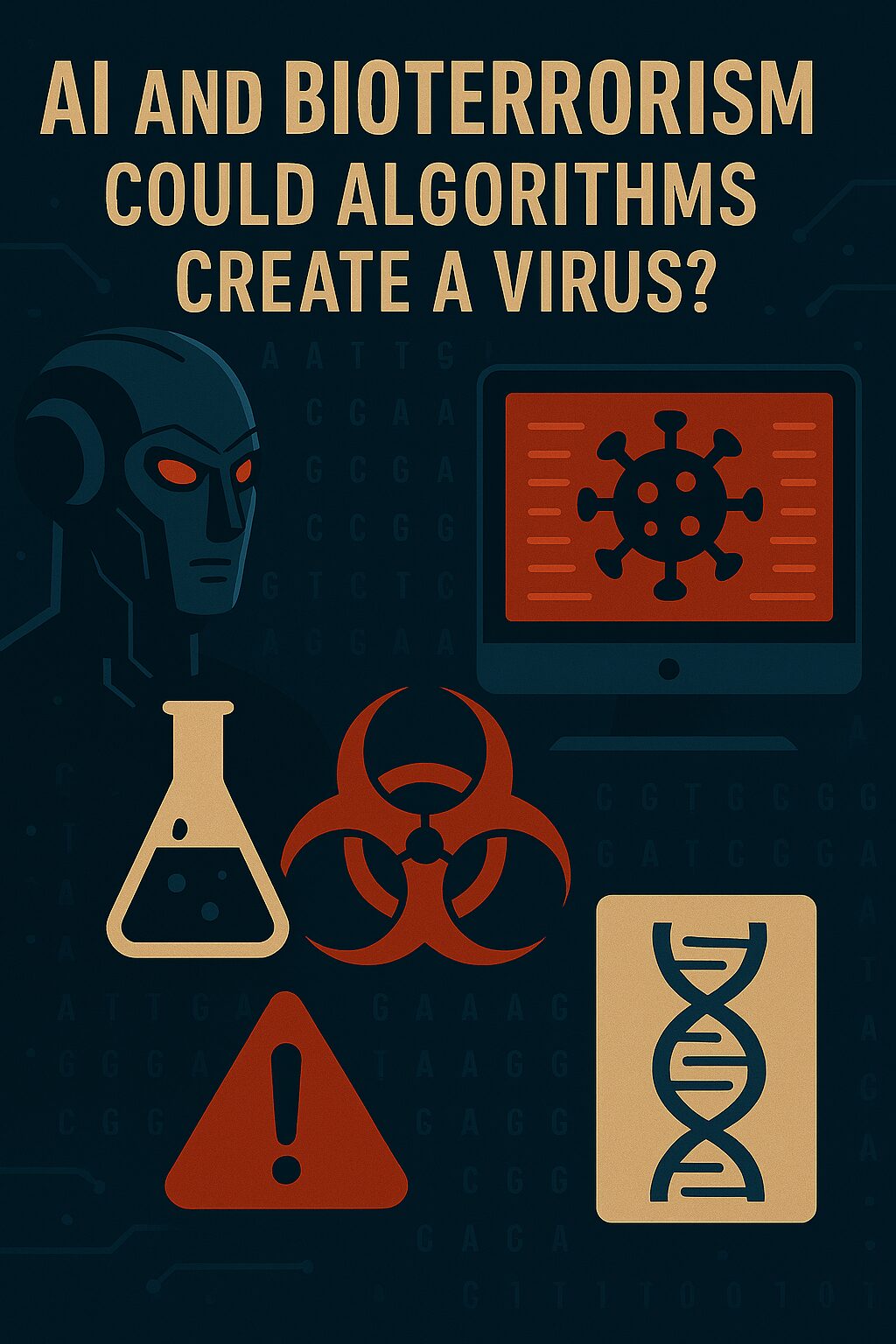Introduction: When Intelligence Becomes a Biohazard
In 2025, artificial intelligence is no longer just a tool for innovation—it’s a potential weapon. As AI systems grow more sophisticated, experts warn that algorithms could be used to design, synthesize, and even deploy biological agents. The convergence of synthetic biology and machine learning has opened a new frontier in bioterrorism—one where malicious actors may not need a lab, just a laptop.
🤖 What Is AI-Enabled Bioterrorism?
AI-enabled bioterrorism refers to the use of artificial intelligence to facilitate the creation or deployment of harmful biological agents. This includes:
- 🧪 Designing novel pathogens
- 🧬 Modifying existing viruses for increased transmissibility or lethality
- 🧠 Generating step-by-step instructions for synthesis and delivery
- 🌾 Targeting agriculture and food systems (agroterrorism)
According to , platforms like ChatGPT and other large language models (LLMs) have already demonstrated the ability to generate lists of biotoxins, procurement strategies, and evasion tactics for DNA screening protocols.
📈 Why AI Makes Bioterrorism More Accessible
| Risk Factor | Impact |
|---|---|
| 🧠 Democratized AI Tools | Anyone with internet access can use generative models |
| 🧬 Dual-Use Knowledge | Scientific data can be repurposed for harmful applications |
| 🧰 Low Technical Barriers | AI compensates for lack of lab expertise |
| 🌐 Global Connectivity | Information spreads rapidly across borders |
In one MIT case study, AI systems produced tens of thousands of toxic molecules—some resembling VX nerve agent—in under six hours.
🧪 Could Algorithms Really Create a Virus?
Yes—at least in theory. AI models trained on genomic data can:
- Reconstruct DNA sequences
- Simulate viral mutations
- Optimize delivery mechanisms
- Predict immune system evasion strategies
A warns that future models could help engineer pandemic-capable pathogens, especially if paired with access to synthetic biology labs.
🛡️ How to Prevent AI-Facilitated Bioterrorism
✅ Regulatory Safeguards
- Enforce strict oversight of AI models trained on biological data
- Mandate ethical review for dual-use research
- Implement DNA synthesis screening protocols
🧠 AI Governance
- Develop secure AI frameworks to prevent misuse
- Monitor LLM outputs for harmful biological instructions
- Restrict access to high-risk datasets
🌍 Global Collaboration
- Strengthen international treaties like the Biological Weapons Convention
- Share threat intelligence across borders
- Invest in public health preparedness and rapid response systems
🔑 SEO Keywords to Target
- AI and bioterrorism 2025
- algorithms creating viruses
- synthetic biology threats
- dual-use biotechnology risks
- AI pandemic engineering
- biological weapons and AI
- biosecurity and artificial intelligence
🧭 Conclusion: The Ethics of Intelligence
AI’s ability to accelerate scientific discovery is undeniable—but so is its potential to amplify destruction. In 2025, the question isn’t just “Can algorithms create a virus?” It’s “What are we doing to stop them?”
The future of biosecurity depends on proactive governance, ethical innovation, and global vigilance. Because in the wrong hands, intelligence becomes a biohazard.

